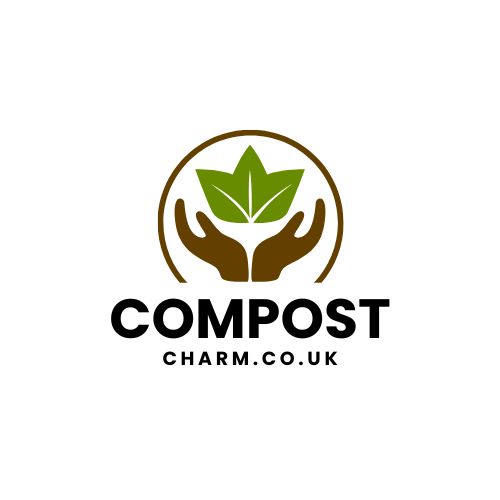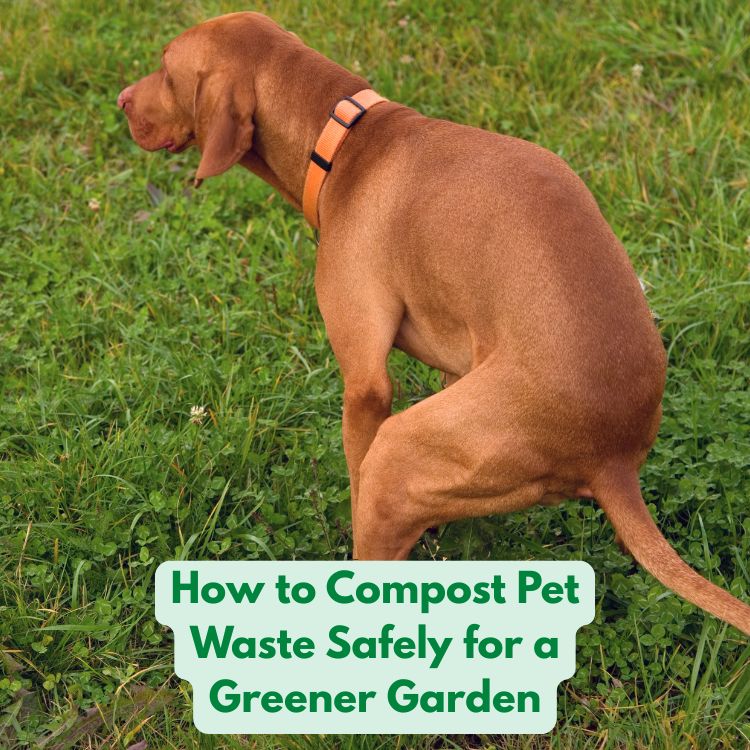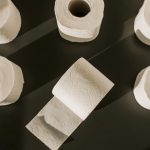If you are wondering How to Compost Pet Waste Safely for a Greener Garden and want to know if it’s safe to use pet waste in compost then this could be for you.
Hey there, fellow pet lovers and garden enthusiasts! If you’re like me, you adore your furry friends but also want to keep your garden thriving and eco-friendly.
I’ve been on a mission to figure out how to compost pet waste safely for a greener garden, and let me tell you, it’s not only doable but also super rewarding!
Today, I’m sharing my journey, some science-y bits that even a kid could get, and tons of tips to make this process fun and easy.
Plus, I’ll recommend a product that’s been a game-changer for me and answer some FAQs to get you started.

Why Compost Pet Waste? The Big Picture
First off, let’s talk about why composting pet waste is such a cool idea. Every time your dog or cat does their business, that waste usually ends up in a plastic bag, headed to a landfill.
Landfills are like giant trash mountains that release methane, a gas that’s not great for the planet.
By learning how to compost pet waste safely for a greener garden, you’re keeping waste out of landfills and turning it into something useful for your plants (well, some of them—more on that later!).
Here’s the simple science: pet waste, like all organic stuff, is full of nutrients. When you compost it properly, tiny microbes (think of them as invisible garden helpers) break it down into a rich, soil-like material.
This process is like nature’s recycling program! But because pet waste can carry germs, we need to be extra careful to compost it safely.

My Journey to Safe Pet Waste Composting
When I first started, I was a bit nervous. I mean, pet poop? In my garden? But I love my dog, Max, and I hated throwing away his waste in plastic bags.
So, I did some research and gave it a go. Spoiler alert: it’s way easier than I thought, and my ornamental flower beds have never looked better!
Here’s how I learned how to compost pet waste safely for a greener garden and some tips to make it work for you.
Step 1: Get the Right Composter
You can’t just toss pet waste into your regular compost bin with kitchen scraps. Pet waste needs its own special setup because it can carry pathogens (germs) like E. coli or parasites.
I use the Pet Waste Wizard, a dedicated pet waste composter that’s designed to handle dog and cat poop safely. It’s affordable, easy to set up, and keeps everything contained so there’s no mess or smell. You can find similar products online, but this one’s been a lifesaver for me.
Pro tip: place it in a shady spot in your yard to keep the composting process steady.
Step 2: Set Up Your Composting Spot
Find a spot in your yard that’s away from veggie gardens or areas where kids play. Dig a small hole (about 12 inches deep) and place the Pet Waste Wizard in it, following the instructions.
Add some carbon-rich materials like sawdust, shredded newspaper, or dry leaves to balance the nitrogen in the pet waste.
Think of it like a recipe: for every scoop of pet waste (nitrogen), add a handful of dry stuff (carbon).
Fun Tip: I decorated my composter area with some colorful garden stones to make it look cute instead of, well, poopy.

Step 3: Add Pet Waste and Let the Microbes Work
Every time Max does his thing, I scoop it up with a biodegradable bag and add it to the composter. The Pet Waste Wizard comes with a microbial booster (a fancy name for helpful bacteria) that you sprinkle in to speed up the breakdown process.
These microbes are like tiny superheroes that munch on the waste and turn it into compost. It’s like watching magic happen, but it takes a few months.
Science Bit for Kids: Imagine the microbes as little Pac-Men gobbling up the waste. They need air, water, and the right temperature to do their job. That’s why you don’t pack the composter too tight!
Step 4: Be Patient and Safe
Composting pet waste takes longer than regular composting—think 6-12 months. You’ll know it’s ready when it looks like dark, crumbly soil and smells earthy, not stinky. But here’s the deal: this compost isn’t for your veggie or herb garden.
Why? Because even with careful composting, there’s a small chance some germs could stick around. Instead, use it for ornamental plants, shrubs, or trees. My rose bushes are obsessed with it!
Safety Tip: Always wear gloves when handling pet waste or checking the composter, and wash your hands afterward. I keep a cute pair of gardening gloves by the composter to make it fun.
Why I Love the Pet Waste Wizard
I can’t rave enough about the Pet Waste Wizard. It’s a sealed, in-ground system that’s super easy to use and keeps odors locked away.
Unlike regular compost bins, it’s designed specifically for pet waste, so it handles the extra germ factor like a pro. It’s also budget-friendly and comes with clear instructions, which was perfect for a composting newbie like me.
If you’re serious about composting pet waste safely for a greener garden, I highly recommend giving it a try.
You can usually find it online or at garden centers.
Who Is This For and How Easy Is It?
Who’s it for?
- Pet owners: If you’ve got a dog or cat, this is a fantastic way to deal with their waste sustainably.
- Garden lovers: Anyone with ornamental plants, shrubs, or trees can benefit from this nutrient-rich compost.
- Eco-warriors: If you want to reduce landfill waste and live greener, this is your jam.
- Families: It’s a great project to teach kids about recycling and science (with adult supervision, of course!).
How easy is it? Super easy! If I can do it (and I’m no composting expert), anyone can.
The Pet Waste Wizard does most of the work for you, and once it’s set up, it’s just a matter of scooping, adding, and waiting. It’s like set-it-and-forget-it, but for poop.
The hardest part is remembering to add carbon materials, but after a week, it becomes second nature.
Tips and Hints for Success
- Use biodegradable poop bags: They break down faster in the composter and are better for the planet.
- Keep it moist, not soggy: The compost should feel like a wrung-out sponge. Add water if it’s too dry.
- Avoid adding other waste: No kitchen scraps or yard waste in the pet composter—it’s for pet poop only.
- Check the smell: If it stinks, add more carbon materials like sawdust to balance it out.
- Label your composter: I put a little sign that says “Max’s Magic Compost” to keep it fun and remind everyone it’s not for veggies.
- Read up on composting basics: Check out my article on Is Compost Better Than Fertilizer? for more tips on why compost rocks.
- Involve the kids: Let them sprinkle in the carbon materials or decorate the composter area—it’s a great way to teach them about the environment.
10 FAQs About Composting Pet Waste Safely
- Can I compost cat litter too? Only if it’s biodegradable (like wood or paper-based litter). Avoid clay or silica litters—they don’t break down.
- Is it safe to use pet waste compost on all plants? Nope, stick to ornamental plants like flowers or shrubs, not edibles, to avoid any germ risks.
- How long does it take to compost pet waste? About 6-12 months, depending on the weather and how often you add waste.
- Will it smell bad? Not if you use a good composter like the Pet Waste Wizard and add carbon materials. It should smell earthy.
- Can I compost waste from other pets, like rabbits? Rabbit poop is actually safe for regular compost and doesn’t need a special system—lucky you!
- What if I don’t have a yard? You can still compost in a small space with a sealed system, but check local regulations.
- Do I need to turn the compost? Not with the Pet Waste Wizard—it’s designed to work without turning. Just add and wait!
- Is it expensive to start? Not at all! The Pet Waste Wizard is affordable, and you can use free carbon materials like dry leaves.
- Can I do this in winter? Yes, but the process slows down in cold weather. Keep adding waste, and it’ll pick up in spring.
- Where can I learn more about composting? My article on Is Compost Better Than Fertilizer? is a great place to start!
Conclusion and Summary
Composting pet waste has been one of the most rewarding things I’ve done for my garden and the planet.
By following a few simple steps and using a tool like the Pet Waste Wizard, I’ve turned Max’s poop into a resource that makes my flowers pop.
Learning how to compost pet waste safely for a greener garden isn’t just about reducing waste—it’s about feeling good knowing you’re making a difference, one scoop at a time.
In summary, get a dedicated pet waste composter, set it up in a safe spot, add waste and carbon materials, and be patient.
Use the compost for ornamental plants, and enjoy the process!
It’s easy, fun, and a great way to teach kids about science and sustainability.
So, grab a Pet Waste Wizard, check out more composting tips on my site (Is Compost Better Than Fertilizer?), and let’s make our gardens greener together!
Happy composting!








